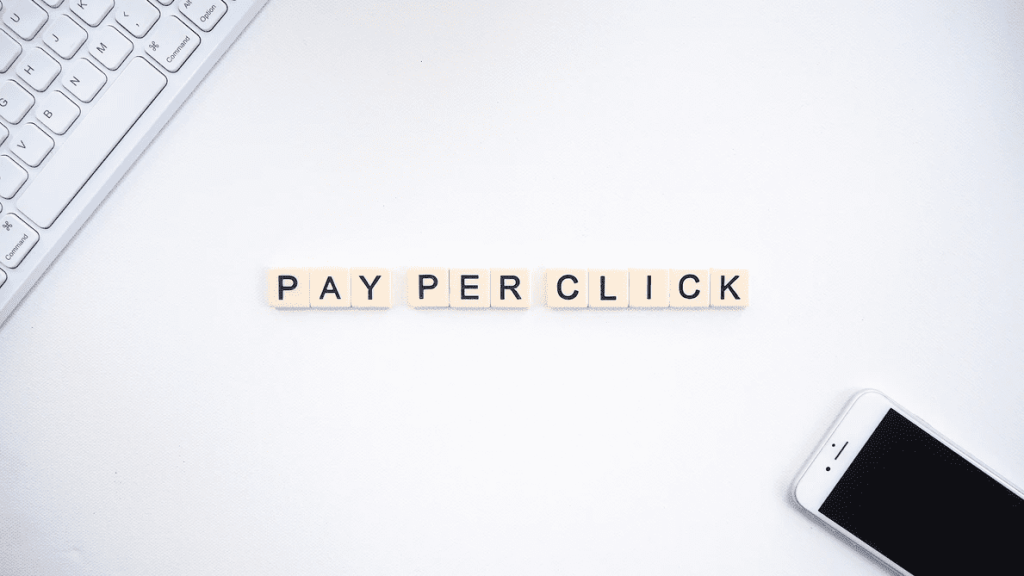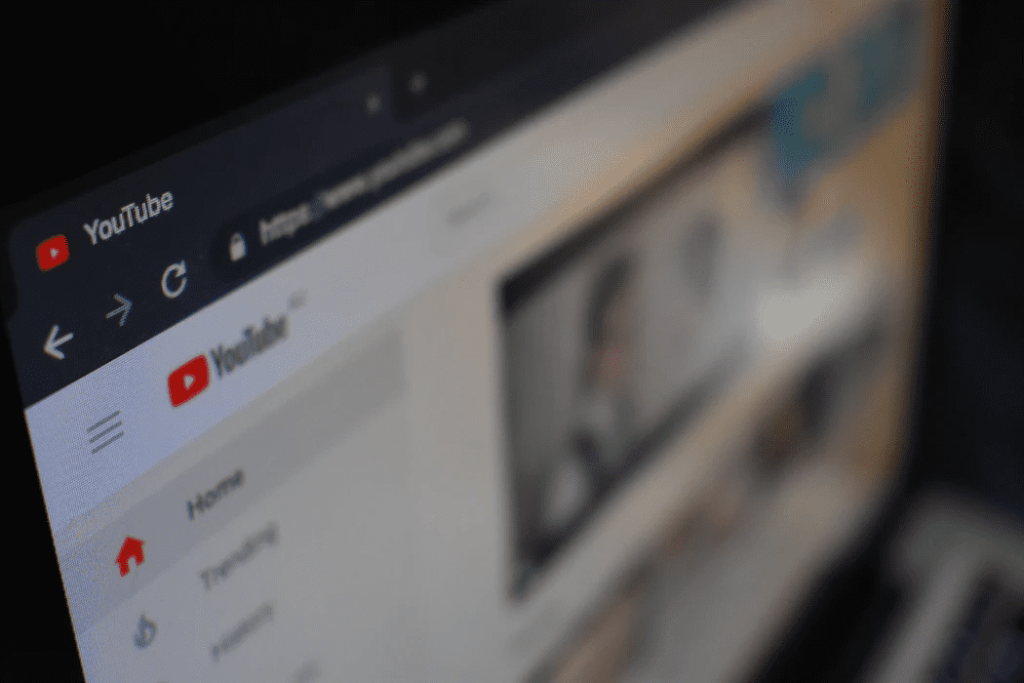Welcome to Digital Advertising 101 – thanks for visiting!
We created this guide to provide our readers with a simple introduction to digital advertising. In this guide, we’ll answer the following questions:
- What is Digital Advertising?
- Why is Digital Advertising Important in 2020?
- How Does Digital Advertising Work?
- What are the Major Types of Digital Advertising?
- Why is Digital Advertising Taking Over?
We hope you’ll leave this page with better knowledge and understanding of digital advertising and how it’s being used to drive business growth for brands in 2020.
[optin-inline id=’cuwcxth6vogybujctxkm’]
What is Digital Advertising?
Digital advertising uses digital media platforms and the Internet to communicate with target audiences and promote a brand, product, or service.
While traditional advertising mediums include television, newspapers, and radio, digital advertising happens through digital channels like social media platforms, mobile apps, video streams, and search engines.
Why is Digital Advertising Important in 2020?
Consumers Are Spending More Time Online
Advertising is most effective when advertisers target audiences on the platforms where they spend the most time. Over the past two decades, the major trend has been that consumers are spending more time online.
In 2019, the average American spent 6 hours and 31 minutes each day using the Internet, and more than a third of that time was spent on mobile devices. With the coronavirus keeping people at home this year, we’re expecting to see even higher usage rates in 2020
With consumers shifting their attention to digital platforms, it’s only logical that digital advertisers are following them there to continue competing for their attention.
Companies Are Spending More Money On Digital Advertising
Digital advertising spending has grown consistently year-on-year since the first digital ads were created in the mid-1990s.

For the first time in 2019, worldwide digital ad spending accounted for over half of all media ad spending – a total exceeding $325 billion. We’re also seeing an increase in competition as platforms like Facebook, Amazon, and Microsoft Advertising build their digital advertising networks to compete with Google.
Analysts are projecting that digital marketing spending will rise to $475 billion or even $500 billion over the next five years. This massive growth represents a significant opportunity for professional marketers or agencies with the skills to help enterprise organizations meet their digital advertising objectives.
How Does Digital Advertising Work?
A great deal of digital advertising is based on the pay-per-click advertising model, commonly abbreviated to PPC.

In this model, advertisers do business with platforms like Google Ads and Microsoft Advertising who distribute their advertisements throughout their own search engines (paid search) or through an ad publishing network (display advertising). Advertisers are charged for ad placements based on the number of clicks that are generated – hence the term, pay-per-click.
Ad platforms manage keyword bidding and auction systems used to determine when specific advertisements will appear and which ad slots they will occupy. They also collect extensive user data, empowering advertisers with increasing granular options for audience targeting, and other campaign parameters.
A digital advertisement usually contains a link to a landing page that has been customized for that specific campaign. This is the page that users will land on after clicking on your advertisement, and where you’ll have the opportunity to turn their “click” into a “conversion” by guiding them towards your campaign objective.
Some digital advertising campaigns try to generate sales directly, while other marketers run digital campaigns to generate leads as part of a larger inbound marketing process that encompasses multiple digital channels.
7 Types of Digital Advertising You Should Know
Paid Search Advertising
Paid search advertising is the placement of text-based advertisements in the results pages of search engines like Google Search, Baidu, Microsoft Bing, and Yahoo.

Google is the world leader in paid search advertising: It captures 77% of the total market share and processes 5.6 billion searches per day on its platform. Search ads are positioned at the top and bottom of the results pages and advertisers are billed using the PPC model.
Paid search ads are effective because of keyword targeting – your ads will appear in the search results for relevant keywords, in front of audiences who are more likely to be interested in what you’re offering.
Display Advertising
Display advertising uses text, image, or video-based advertisements that appear on third-party websites and other digital properties to connect with audiences.
Display advertising networks, the largest being the Google Display Network, act as intermediaries between advertisers and publishers. They charge advertisers and pay publishers on a PPC basis, and they provide a platform where advertisers can customize their placement targeting and other campaign parameters.
Display advertising is effective for increasing brand awareness, ad retargeting or remarketing campaigns, and gaining access to audiences who spend their time browsing other digital platforms besides search engines.
Paid Social Advertising
Paid social advertising is a digital advertising model that allows businesses to publish advertisements on social media platforms.

Twitter, LinkedIn, Facebook, and Instagram – the four leading social platforms – all have paid advertising programs where their business customers can create and deploy image and video-based ads to connect with customers directly in their social media feed.
In-app Advertising
In-app advertising is a special case of display advertising where advertisements are presented inside the user interface of a mobile app. As consumers trend towards spending more time on mobile devices, in-app advertising has become a more effective medium for driving brand awareness and connecting with potential buyers.
Native Advertising
Native advertising is one of the most innovative and effective forms of digital advertising. A native advertisement is one that blends in with its surroundings. Native ads match the look, feel, and format of the medium in which they appear – they send a commercial message without appearing explicitly as a banner ad or a call to action. Paid content placements and advertorials are common examples of native advertising.
Video Advertising
Advertisers can produce promotional videos and have them featured before, during, or after users stream video content on video streaming platforms like YouTube and Vimeo.

Advertising on video streams can reach massive audiences – Youtube, the leading platform, has over 2 billion users logging in each month.
Remarketing
Remarketing, sometimes called retargeting, is a special type of display advertising campaign that specifically targets users who have visited your website or interacted with your social media pages in the past. Remarketing campaigns can elevate brand awareness by reminding your past visitors about your brand. They can also be used to reduce shopping cart abandonment, encouraging customers to return to your website and finalize a purchase they failed to complete previously.
Why is Digital Advertising Taking Over?
Businesses in 2020 are continuing to rapidly adopt digital advertising as part of their core strategy for sustaining growth and connecting with their audiences. Here’s why more organizations than ever before are choosing to rely on digital advertising:
Digital Advertising is Data-driven
Data-driven marketing means that we’re able to collect data, transform that data into customer insights, and use those insights to inform our marketing activities.

In the past, formats like radio and billboard made it nearly impossible to really know who was seeing your advertisements. With digital advertising, ad platforms track and publish accurate and granular data that advertisers can leverage to better understand their customers and drive campaign results.
Digital Advertising is Highly Targeted
The data-driven nature of digital advertising means that advertisers can create experiences that are highly targeted, or in some cases even personalized. With technology like tracking pixels, advertisers can show ads featuring products that a specific customer has previously viewed in their store.
Consumers are increasingly preferring brands that interact with them in a personalized way, and digital advertising platforms make it easier for advertisers to deliver personalized experiences to scale as their businesses grow.
Digital Advertising is Profitable
Advertisers are earning a lot of money by doing business with Google Ads.
The Google Economic Impact Report famously claimed that advertisers earn an average of $2 in revenue for every dollar they spend on Google Ads.
Key Takeaways
Thanks for checking out our Digital Advertising 101 Guide – we hope you learned everything you need to know about digital advertising! Here are a few key takeaways:
- Digital advertisement is the paid placement of promotional messages on digital platforms.
- Most digital advertising operates using the PPC business model, where advertisers are charged based on the number of clicks their ads receive.
- There are many different types of digital advertising campaigns that you should know about, including:
- Paid search ads
- Display ads
- Paid social ads
- In-app ads
- Native ads
- Video ads
- Retargeting ads
- Consumers are spending more time online and global digital ad spending is on the rise.
- Digital advertising is data-driven, highly targeted, and a proven method for generating business revenue.
Interested in learning more about digital advertising? Check out our digital marketing course at Directive Institute and access our PPC learning module for a full breakdown of how to set up your own digital advertising campaign.
-
 CEO
Garrett Mehrguth
CEO
Garrett Mehrguth
Did you enjoy this article?
Share it with someone!
